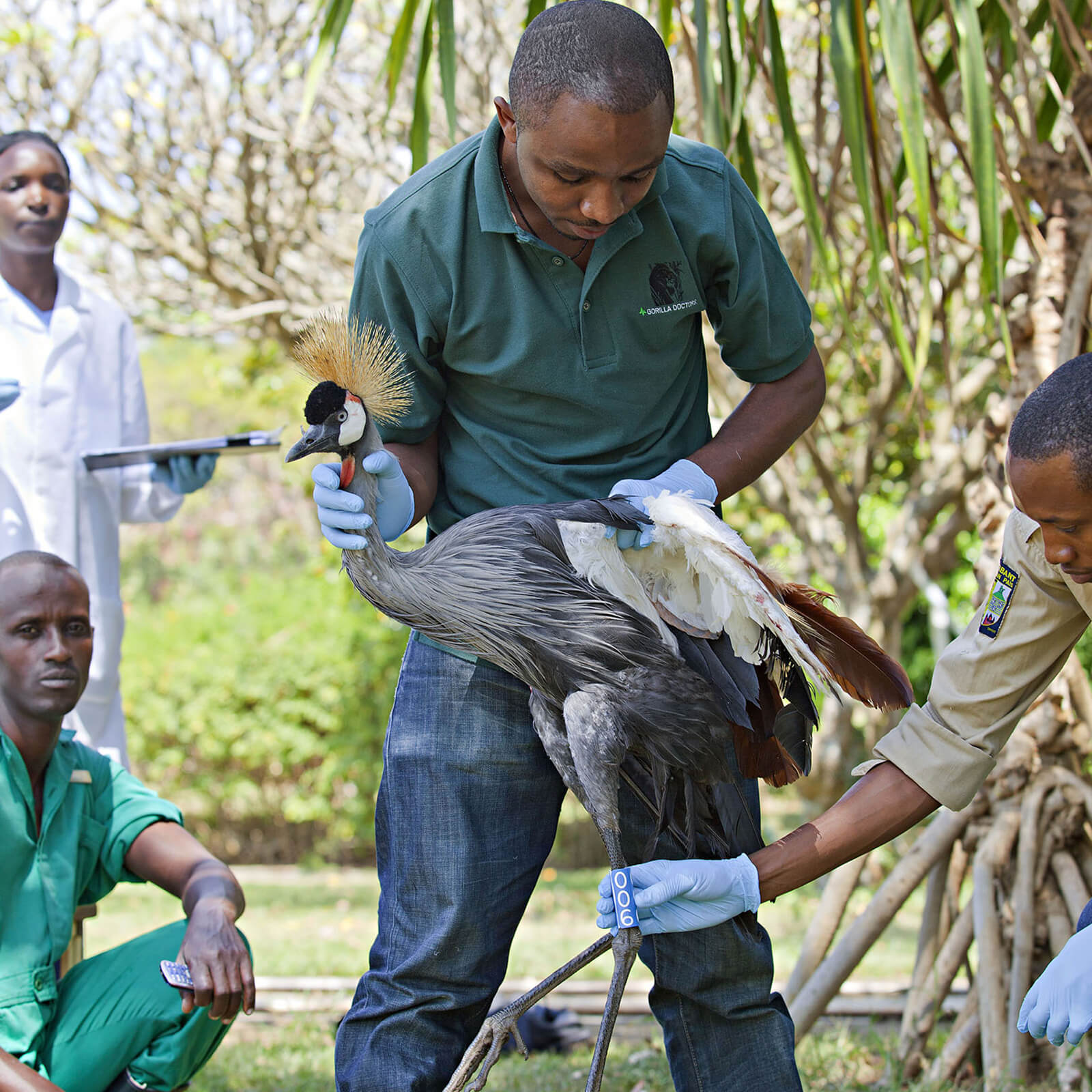Audemars Piguet and the forest conservation
The Audemars Piguet Foundation was established out of the love of trees, particularly the trees in the watch company’s own back yard. Audemars Piguet’s headquarters, the Manufacture des Forges, is surrounded by the Grand Risoux forest in the Vallée de Joux near the village of Le Brassus, the heart of Swiss watchmaking. It is an old-world forest, with trees nearly as tall as the mountains, and thanks to the Audemars Piguet Foundation, it is well protected.
The Foundation is headed by Jasmine Audemars, AP’s chairwoman and the great granddaughter of company co-founder Jules Audemars. It was started by her father, Jacques-Louis Audemars, who was technical director for the company and chairman of the board from 1959 to 1992, when Jasmine took over. “Forest conservation was an obvious concern for us,” she says. “Just by looking at the forests that surround us in the Vallée de Joux, one can understand their importance to us locals. The Foundation was born out of this love and respect for the valley, as a formal way to guard the forests that surround the region of its origins.” Audemars Piguet does this by funding the Garden of Time, a public park that incorporates an historical walking tour, with educational stations and plantings that culminate in an exhibit of a fossil – a 16,000-year-old mold of a mammoth, found in 1969 in a nearby gravel pit. The park sits on the old, disused platforms of Le Brassus train station.
More than 80 projects
The Foundation was launched in 1992 with the primary goal of forest conservation and reconstitution. Since its establishment, the AP Foundation has financed more than 80 projects in 40 countries from Senegal to Scotland. It has supported the planting of trees and shrubs in locales ranging from the foothills of the Himalayas to the Cerrado savannah in Brazil. Current initiatives include restoration of sustainable agriculture in Orissa, India, and biodiversity work at a nature park in Madagascar. Other notable examples include a program in Nainital, in the North of India, to assist the return to traditional agriculture and symposiums on the forest in Miyazaki, Japan.
“There is great need around the world today for the replenishing of forests and restoration of the biodiversity of biotopes destroyed by natural disasters, over-use and climate changes,” explains Jasmine Audemars, who says Foundation’s ancillary goal is to raise awareness of conservation among young people – thereby preserving the notion of preservation itself.
















